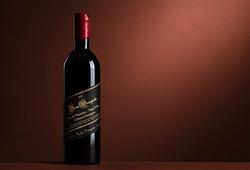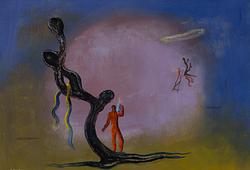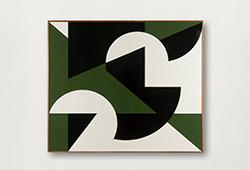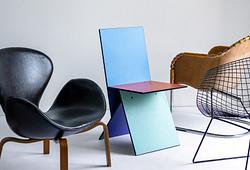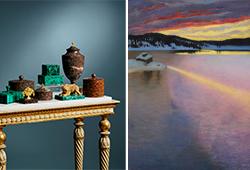Carl Kylberg
"Morgon i hamn"
Signed Carl Kylberg. Executed in 1939. View from the artist's studio at Strandvägen 13 in Stockholm. Canvas 100 x 82 cm.
Alkuperä - Provenienssi
Einar and Gerd Ljunggren's collection, Sollefteå.
Bukowski Auktioner, Stockholm, Modern Spring Auction 2004, cat. no. 49.
Private Collection.
Näyttelyt
Liljevalchs konsthall, Stockholm, "Carl Kylberg", 20 April - 12 May 1946, cat. no. 34.
Musée National d’Art Moderne, Paris, "Carl Kylberg", October-November 1951, cat. no. 42.
Liljevalchs Konsthall, Stockholm, "Carl Kylberg: Memorial Exhibition", 13 March - 4 April 1954, cat. no. 124.
Svensk-Franska Konstgalleriet, Stockholm, 1964, cat. no. 17.
Kirjallisuus
B. Knyphausen, "Carl Kylberg", 1965, cat. no. 234.
"Konst i svenska hem", vol. I, listed p. 325, included under collection no. 530 Chief Physician Einar and Gerd Ljunggren, Lasaerettet, Sollefteå.
Muut tiedot
Carl Kylberg’s seascapes are dreamlike and enigmatic, capturing sunsets, ships on the horizon, calm seas, and serene atmospheres. As a teenager, he sailed on the training ship Abraham Rydberg, inspired by his older brother. These experiences later inspired some of his most famous works, including The Flying Dutchman, where mysterious ships appear in shimmering light and soft shadows. Kylberg often recalled his existential encounter with the infinite sea and the solitary ship at dusk, a memory that deeply influenced his art.
While influenced by Van Gogh’s liberating technique and occasionally compared to Turner for their synthesis of human and natural elements, Kylberg remained distinct, using color to evoke emotion rather than dramatize reality. His painting "Morgon i hamn" exemplifies his mature style, with intense color, horizontal bands of land and sea, and a sailing ship symbolizing both journey and longing.




